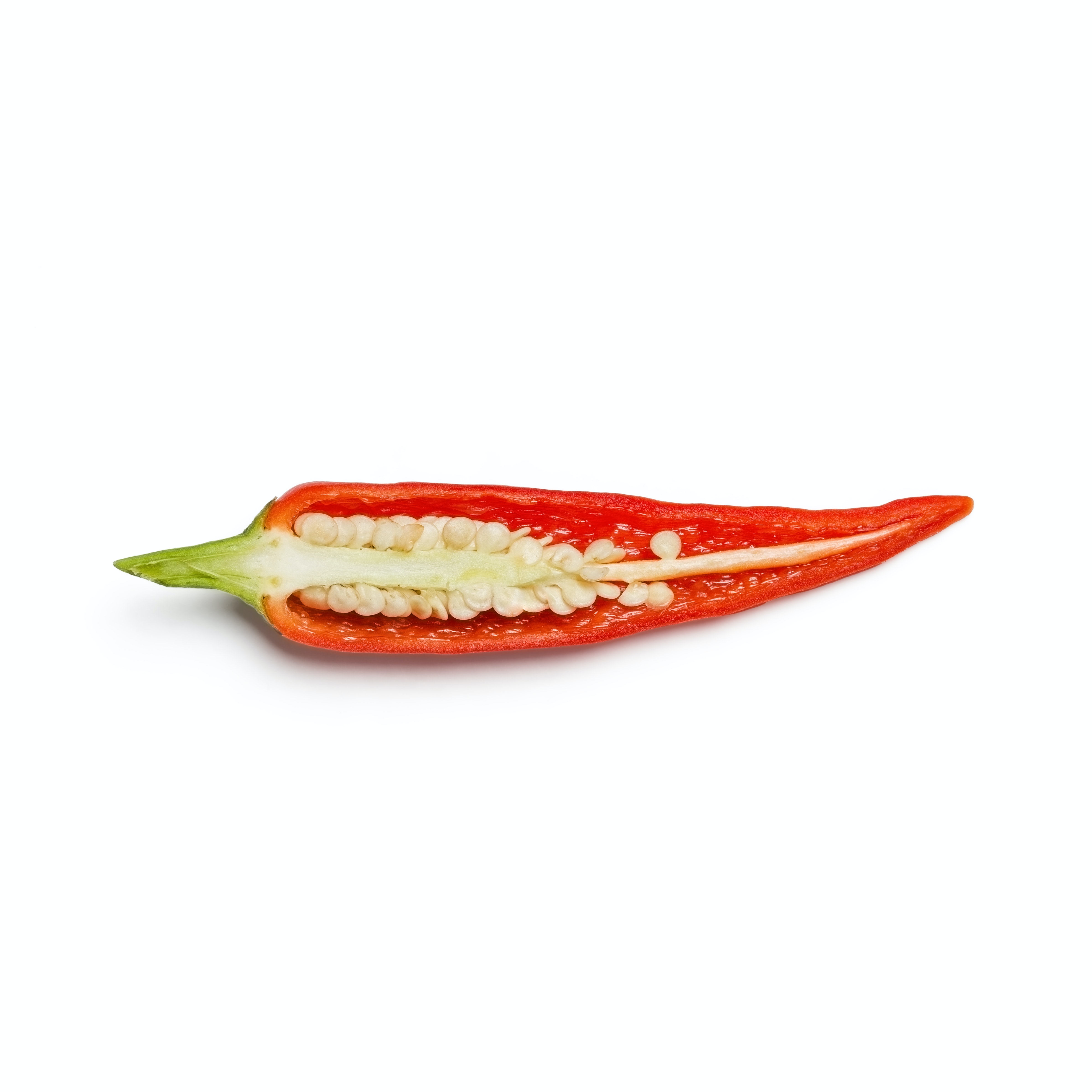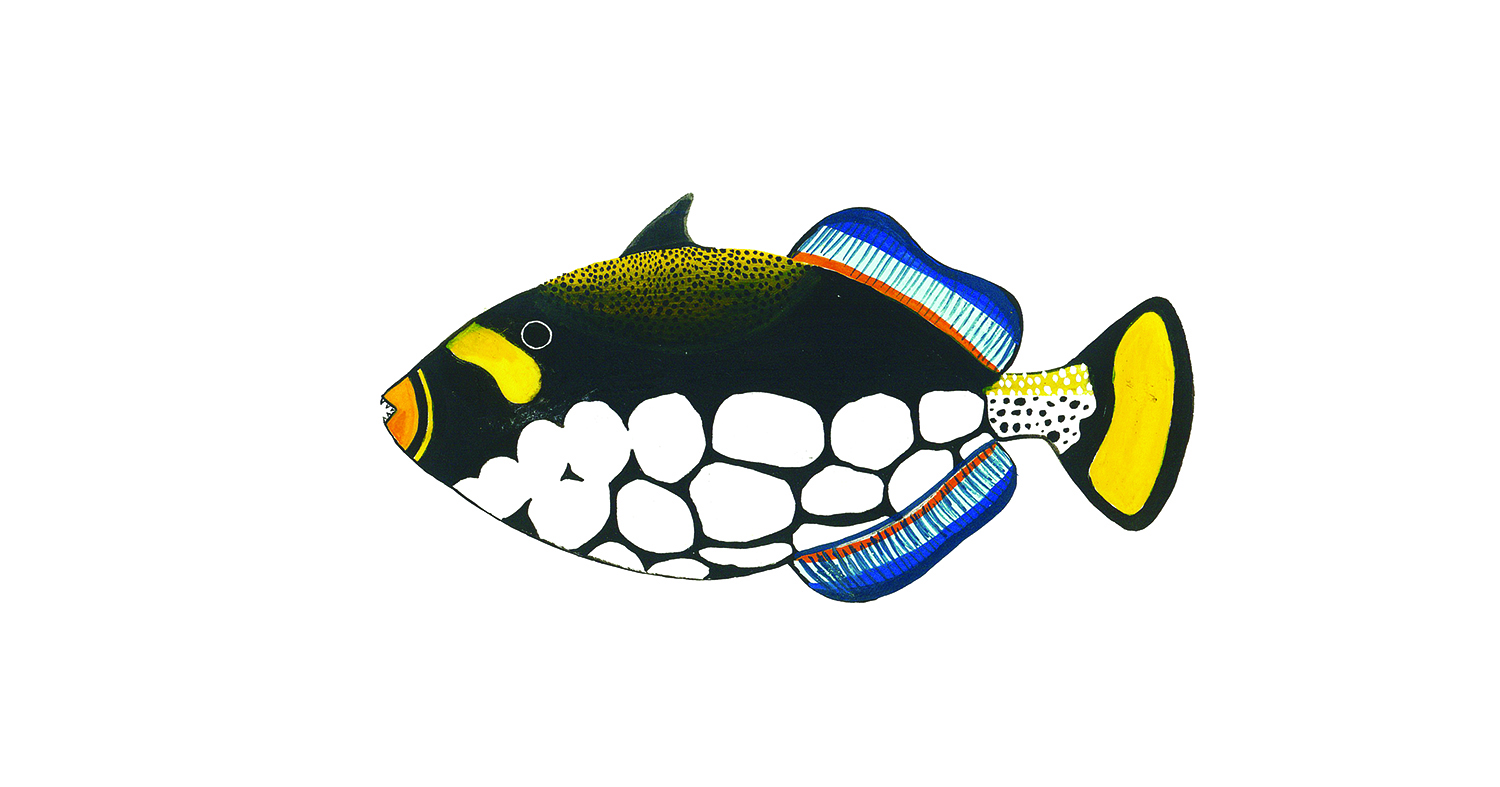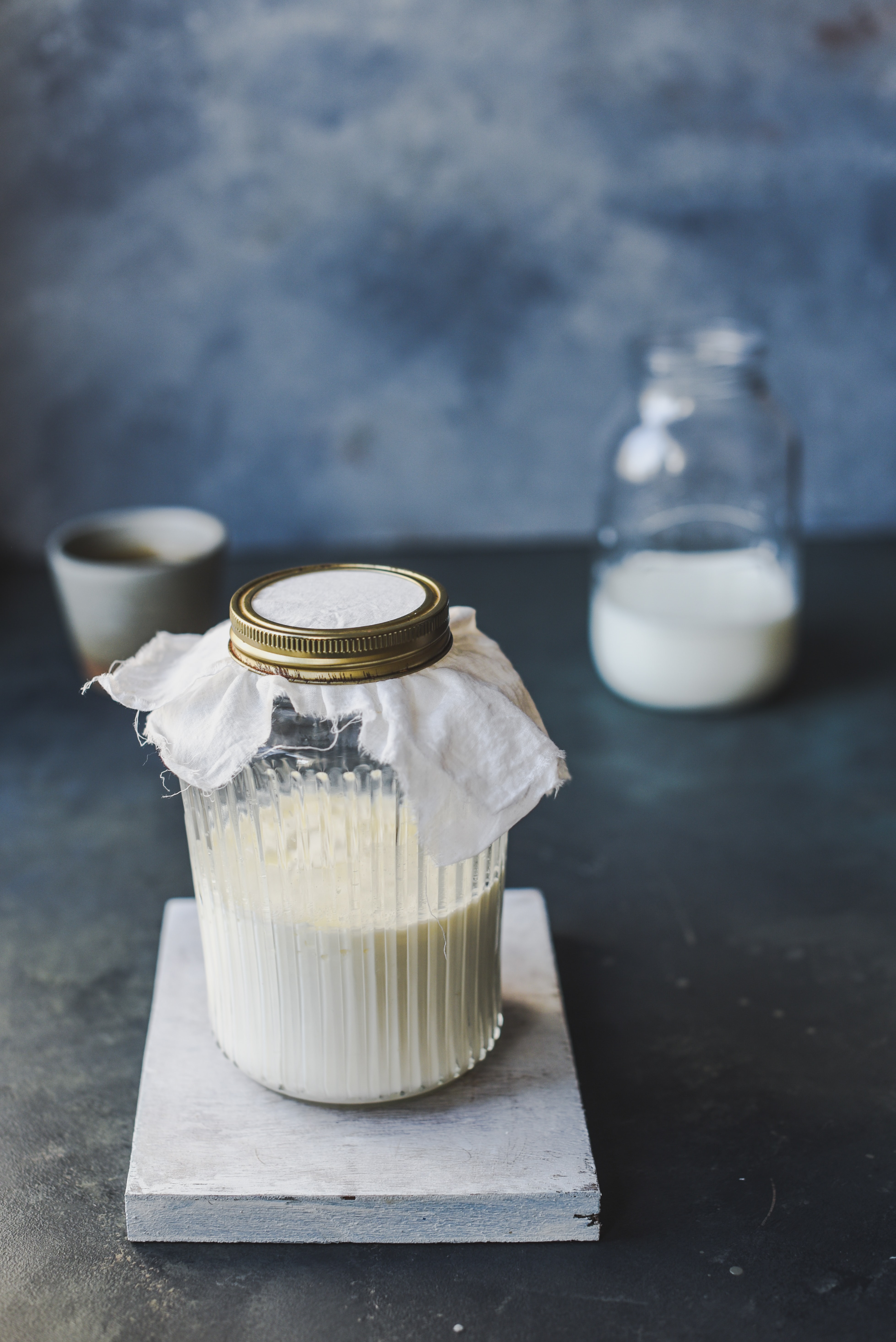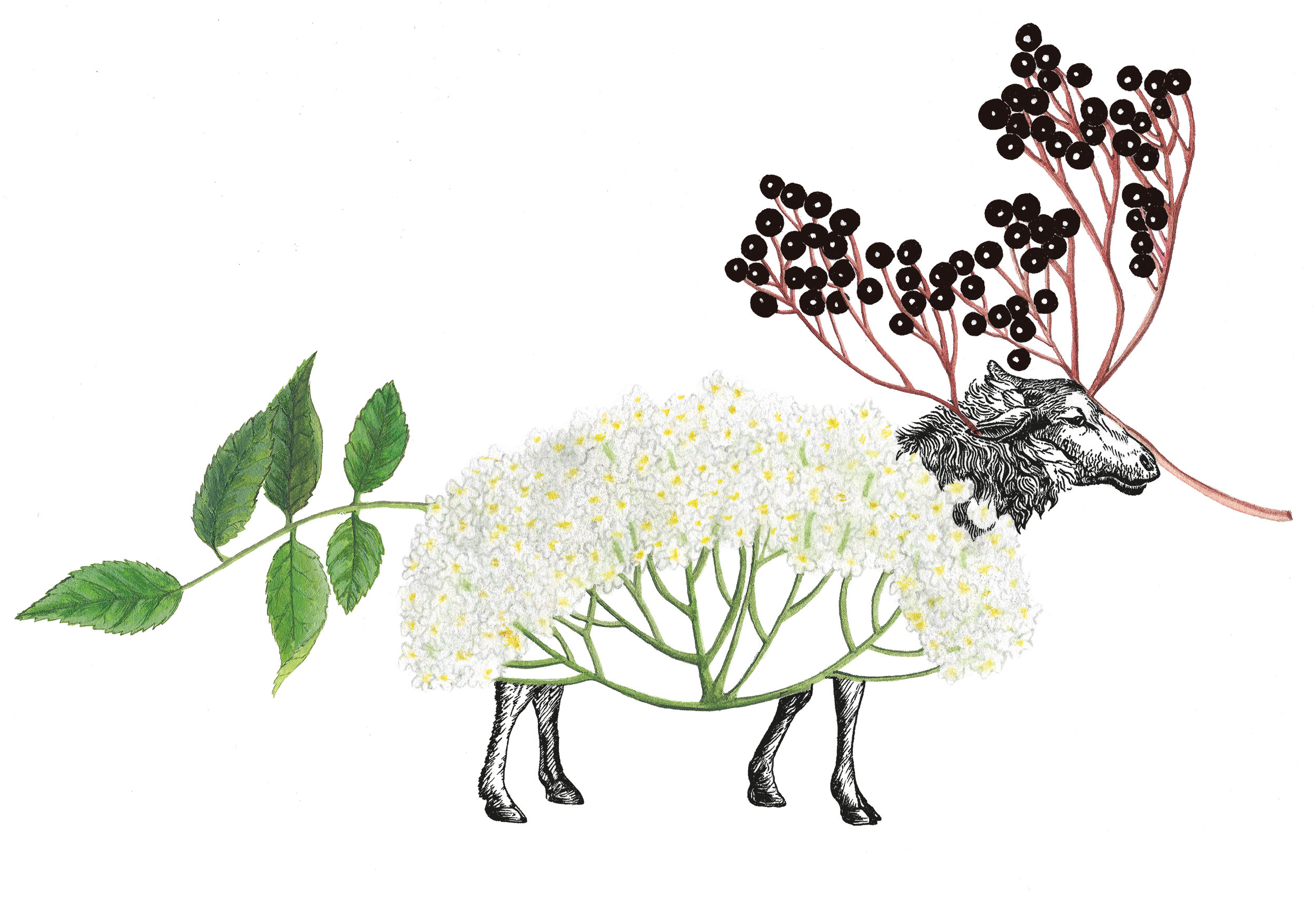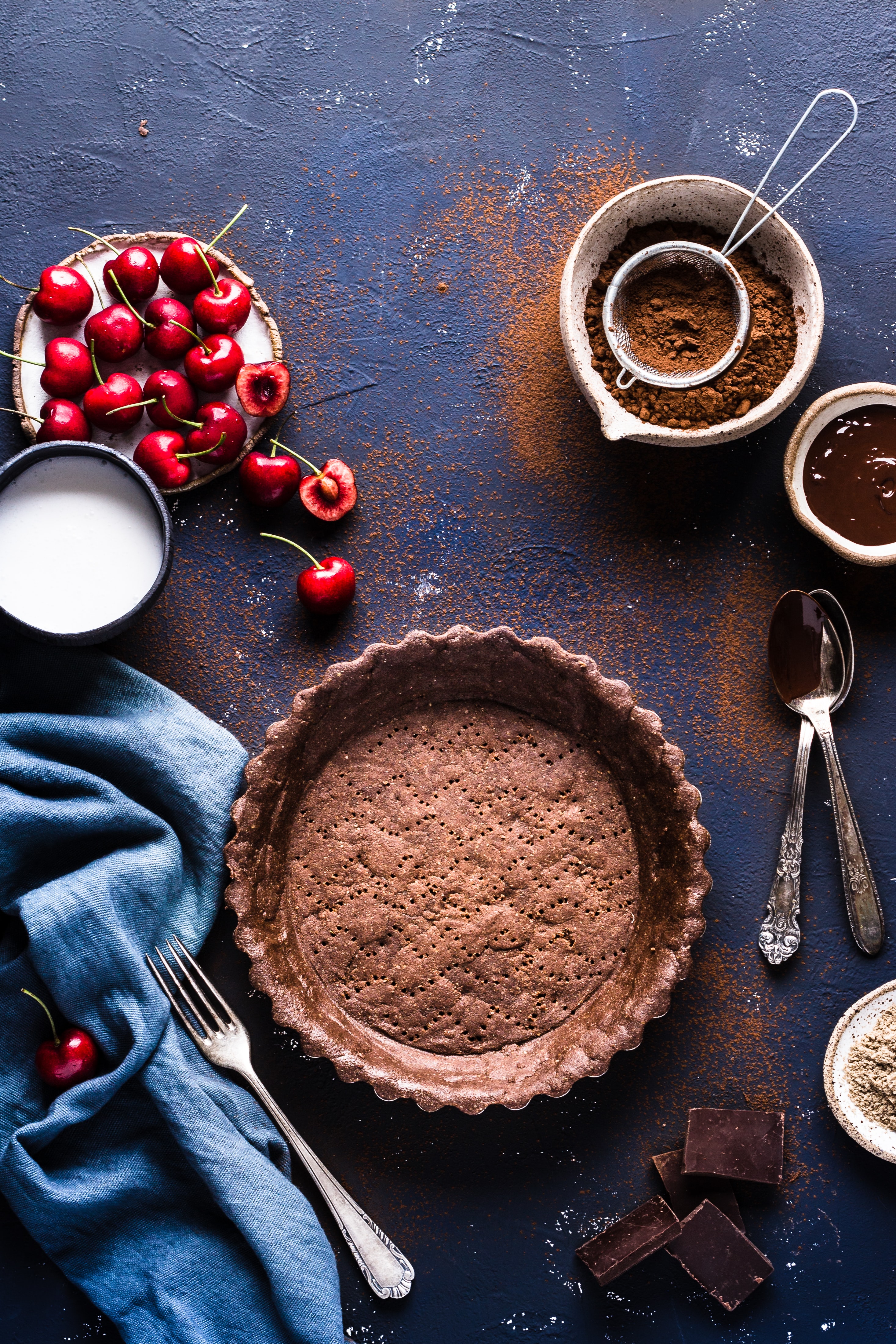
Horseradish is perhaps the most picante ingredient in the Polish larder. While it can certainly bring a tear to your eyes and take your breath away, it’s much milder than the spiciest of chili peppers. Eating a large dose of its active ingredient, allyl isothiocyanate, is akin to being slapped in the face by a wheel of Camembert cheese, whereas the burn of capsaicin, the active ingredient in chili peppers, is more like being lit on fire while being poked with a sharp stick.
This begs the question, how can we explain our human affinity for ‘benign masochism’? As professor Paul Rozin explains: “This realization that the body has been fooled, and that there is no real danger, leads to pleasure derived from ‘mind over body’. This can also be framed as a type of mastery.” It could be argued that benign masochism is a sort of Polish speciality, which makes it surprising that our traditional food is not much spicier. Mao Zedong is purported to have said: “The food of the true revolutionary is the red pepper.” Perhaps, in a hundred years, bigos (a meat and cabbage stew) will come to resemble pork vindaloo, and zrazy (a traditional meat roulade) will appear like a dish from Szechuan. In the meantime, I present a recipe for a Polish-style lacto-fermented chili sauce. It’s no more difficult than making ogórki kiszone (pickled cucumbers) and will add a new dimension to your meals.
Lacto-fermentation was a standard technique in the food world well before René Redzepi was fermenting grasshoppers. Recently re-popularized by the New Nordic Food movement, the process of fermentation makes simple flavours more complex in much the same way that toasting bread makes it yummier (aka the Maillard reaction). While this process is no stranger to the Polish kitchen, found in both ogórki kiszone and kiszone kapusta (sauerkraut), our range of pickled condiments has the potential to expand to include non-traditional ingredients. Most fruits and vegetables can be fermented to various effect, however, there is a special role in culinary history for fermented chili sauce. Not only is it deliciously fiery, it is also good for you in many ways. It reduces appetite and is chock-full of vitamins and antioxidants. In fact, Albert Szent-Györgyi, winner of the Nobel Prize for his discovery of vitamin C, is rumoured to have done so by inspecting a pepper that he had stashed in his dinner-jacket to avoid having to eat it. Upon returning to the lab, he remembered the pepper and studied it more closely. As he aptly stated: “Discovery consists of looking at the same thing as everyone else and thinking something different.”
Fermented Chili Sauce
500g chili peppers (can be mixed varieties, according to preference)
Water (non-chlorinated)
Salt (2-4% by weight)
3 garlic cloves, trimmed and smashed
Jar
*Optional additions (see note)
Fermenting chili peppers follows the same method as ogórki kiszone, submerging your ingredients in a brine (salt water). The best way to make a successful brine is to weigh your ingredients on a scale:
- Place an empty jar on your scale and zero the weight.
- Trim the tops off your favourite varieties of peppers and remove some of the larger portions of pith; this will reduce bitterness and also make the sauce a little less spicy. I like to buy the mixed packages of chili peppers from the grocery store to obtain a balance between flavour and spice.
- Place all trimmed ingredients into the jar (*see note about additions), filling with enough water to cover while leaving a little bit of head-space. Note the weight of the ingredients and water, less the weight of the jar.
- Calculate 2-4% of the weight and measure this quantity of salt. For example, the weight of my peppers and water was 1450g; therefore, 2% is about 30g. I added 40g of salt because I like my sauce a little bit saltier.
- Drain the water into a separate bowl, mix the salt with the water until dissolved, then return the water back into the jar with the ingredients.
- Weigh down the ingredients so they don’t float (I use a clean rock) and close the lid.
- Store in an unlit, cool space for two weeks to three months, opening the lid every few days to let out some of the gas; the longer you wait, the more developed the flavours will become.
- Drain off the liquid into bowl. Place all ingredients and a little of the brine into a blender and blend until smooth. Add additional brine to achieve the consistency that you like.
- Bottle your delicious hot sauce.
*Note on additions: This recipe is very versatile and can be adjusted to suit your preference. If, for example, you like a more Asian-style sauce, you might add some ginger, fish sauce and cardamom seeds. You could also roast your chilis first to achieve a more smokey sauce. I’ve even tried adding horseradish and cabbage to make a more Polish version of my hot sauce. The sky’s the limit!


